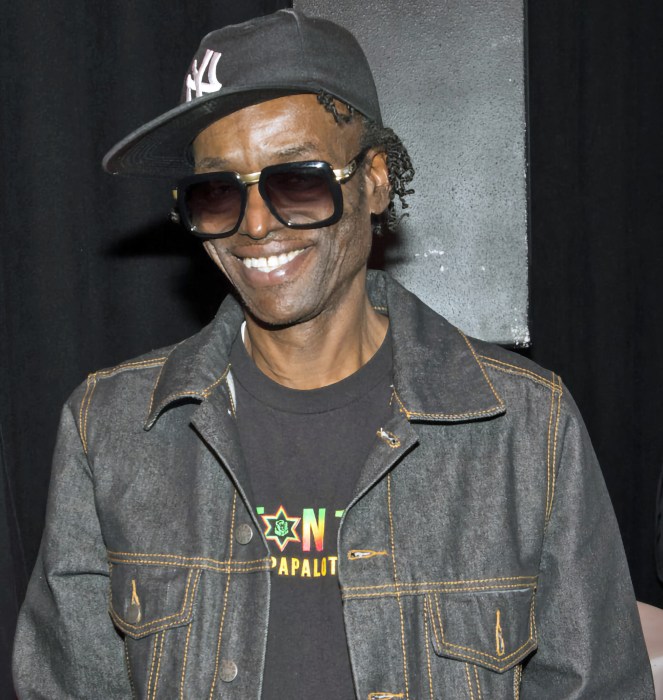Anicka Novak started dieting at age 14. She was a shy, socially anxious, fearful girl who had been teased about her weight. “The one thing I could control was my food and my body image,” she told Metro. “I found a doctor who prescribed diet pills and that was like magic for me. That was the start of my eating disorder.”
Novak flipped and flopped between anorexia and bulimia for an almost unimaginable 36 years. Finally, at age 50, she went for help. “By then the eating disorder had devastated me. I knew if I didn’t take control of it, I was going to die.”
For Novak (not her real name), who is now 58, recovery meant dealing not just with her eating disorder, but also coming to grips with her fears and phobias. It is estimated that 600,00 women in Canada have bulimia and 300,000 have anorexia, and the numbers are on the rise.
People with eating disorders often have other mental illnesses, such as substance addiction, problem gambling or sexual addiction. Bellwood Health Services, a Toronto mental health clinic, reports that 52 per cent of their eating disorder clients are also treated for an addiction.
“People with eating disorders and substance addictions both do so for the same reason – to soothe distressing feelings, to deal with shame, anger, fear and loneliness,” says Susan McGrail, clinical director of Bellwood.
Novak urges women and men of all ages to come forward for help. February 6-12 is Eating Disorder Awareness Week. While anorexia is usually more obvious because the sufferer is very thin, bulimia (the cycle of binging and purging) is often hidden. “Bulimia is very common in middle-aged women. It is your little secret.” The illness is associated with serious health problems such as dental decay, stomach problems, kidney damage and even death.
The Internet is a double-edged sword, says McGrail, offering valuable information but also providing a sinister means for people with eating disorders to enable each other.
“Recovery is possible through quality treatment and counseling, education and support,” she says.
Myths about anorexia and bulimia
1) Only females have eating disorders. FALSE. Research shows that while men represent a lower percentage, the number of men struggling with eating disorders is on the rise.
2) Eating disorders only occur in young people. FALSE. Women and men of all ages can struggle with an eating disorder.
3) Eating disorders aren’t serious. FALSE. There is a significant death rate associated with eating disorders, and many serious medical conditions.
4) People with eating disorders just need to eat more and they’ll be fine. FALSE. Eating disorders are complex and tenacious diseases.
5) People with eating disorders are always skinny. FALSE. A large proportion are a normal weight or overweight.
















